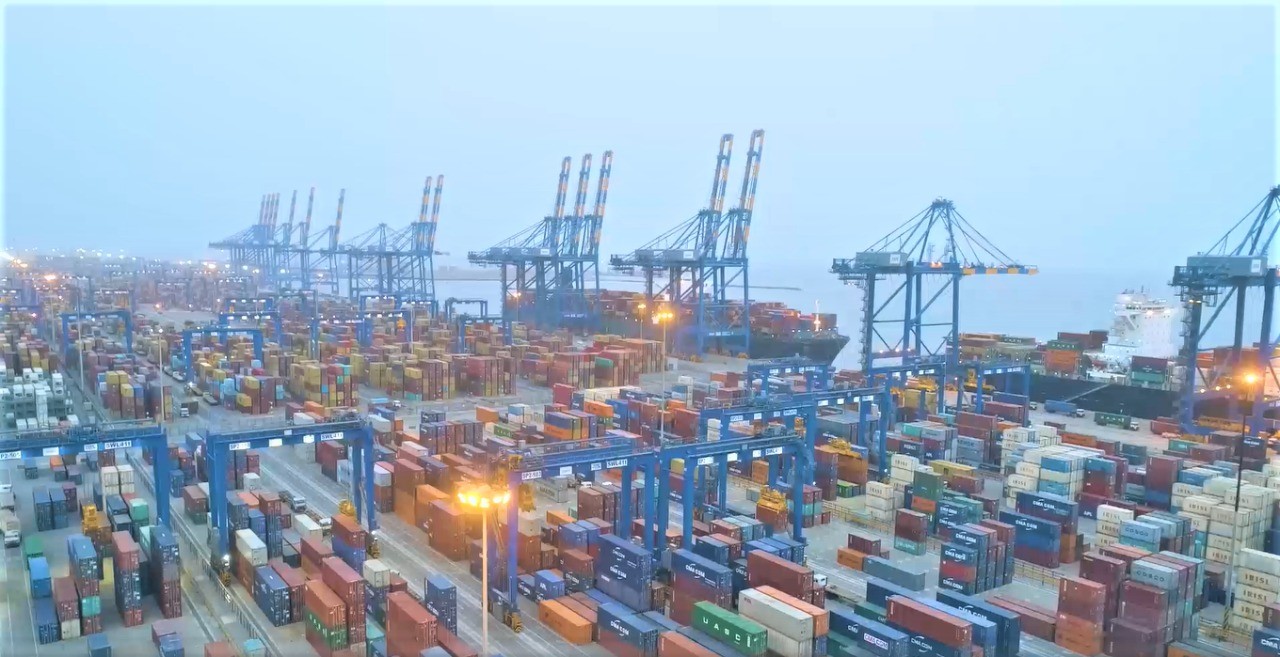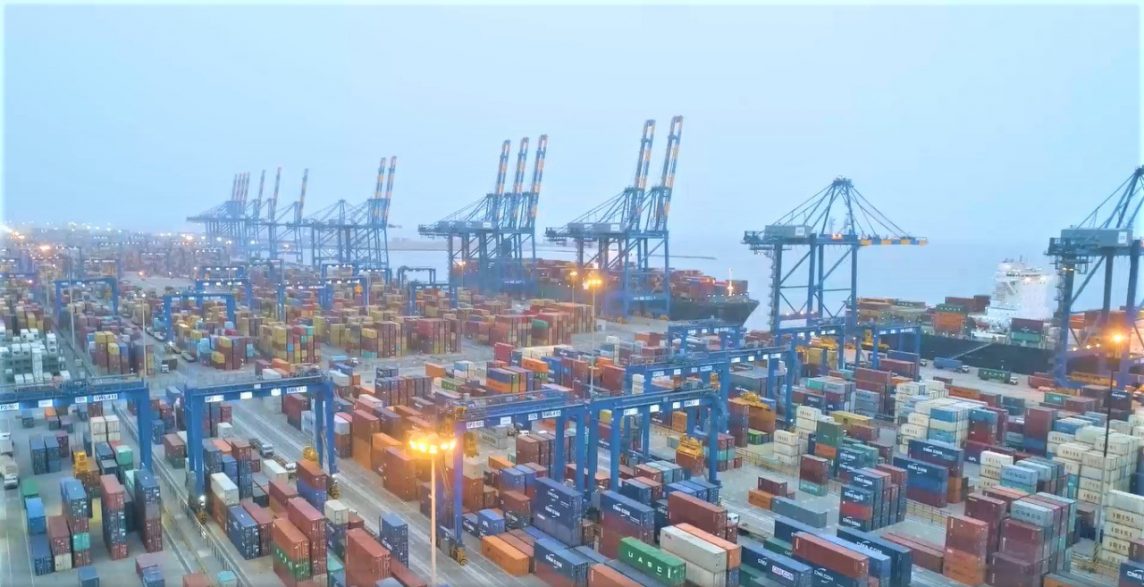
The congestion plaguing India’s Mundra Port over the past week continues to cause multiple operational troubles for container lines working on Indian trades, according to industry sources.
Because of the logjam that developed after Cyclone Biparjoy-related disruptions, the port has been operating on an erratic berthing window system.
Carriers, offering regular calls at Mundra, have had challenges connecting all planned container loads due to gate restrictions. A trade notice issued by Maersk this week is evidence of that concern.
“We tried to extend cut offs, for which we have sent an advisory with revised cut off but due to congestion at the port, the terminal is not accepting the revised cut-off,” the carrier said. “We are not able to accept any more cargo on the current vessel (CMA CGM Lebu 325W).”
Maersk has also noted similar loading restrictions on the sailing Lana 325S and said boxes left behind would be rolled over to the next vessel Maersk Brooklyn.
CMA CGM also told customers that its current sailing on the MIDAS2 service, the CMA CGM Quelimane, is being delayed in its call at Mundra. “Customers are requested to plan the shipments accordingly,” the French liner noted.
The Container Shipping Lines Association (CSLA), which represents foreign carriers operating out of India, has also raised concerns over berthing delays and productivity reductions at the port.
“The port remains congested with berthing delays of about 40 hours,” CSLA said.
The group further said, “Post cyclone, the move count had dropped from about 27-28 to 21, which has now improved somewhat to about 25 moves per hour.”
CSLA added, “As far as port connectivity is concerned, about 80 trains are in the pipeline with the average number of trains being handled daily having dropped from 26-27 to 21.”
It went on to point out, “Some vessels are therefore bypassing Mundra and discharging cargo at neighbouring ports for connection on the following vessels. Vessel scheduling is thus getting to be a challenge due to the situation at Mundra, which one hopes will improve sooner rather than later.”
While the port authority is making all efforts to bring operations back on track, sources expect the berth congestion and cargo delays to persist for some more days due to substantial backlogs.
Source: Container News




